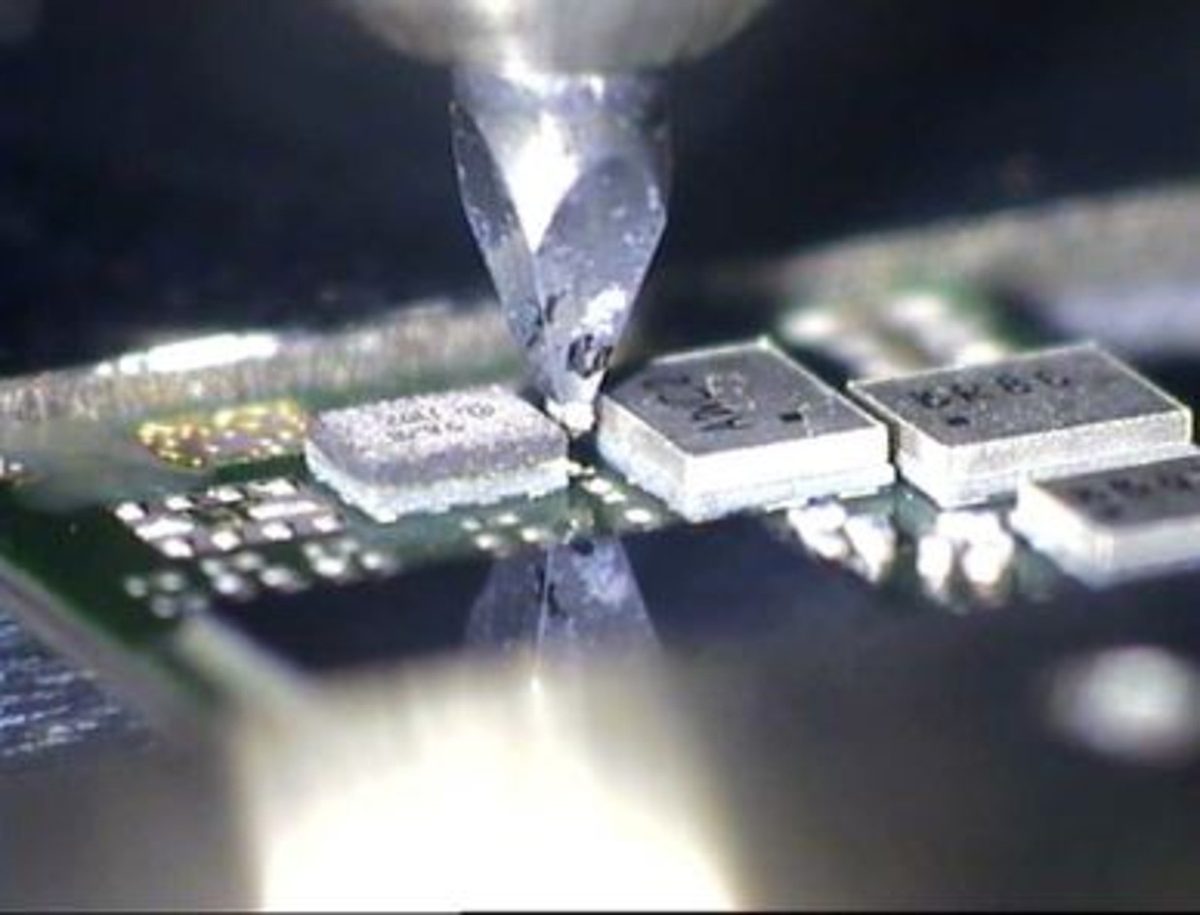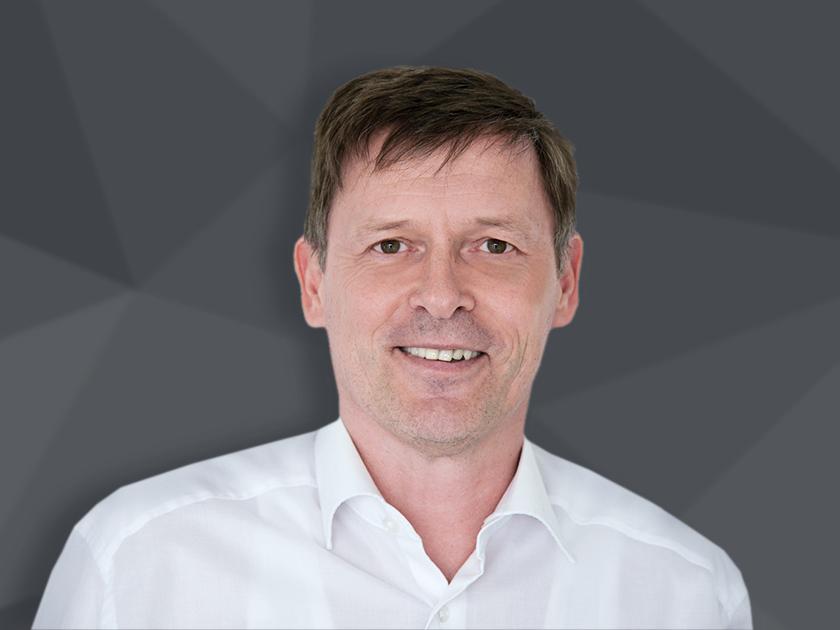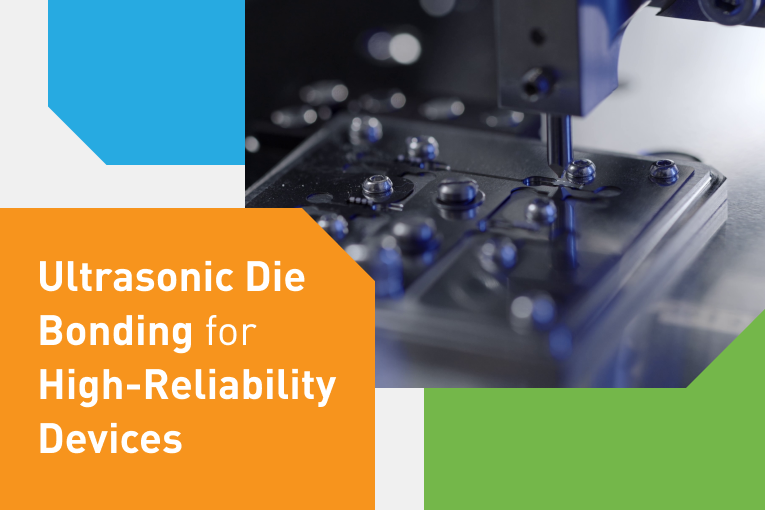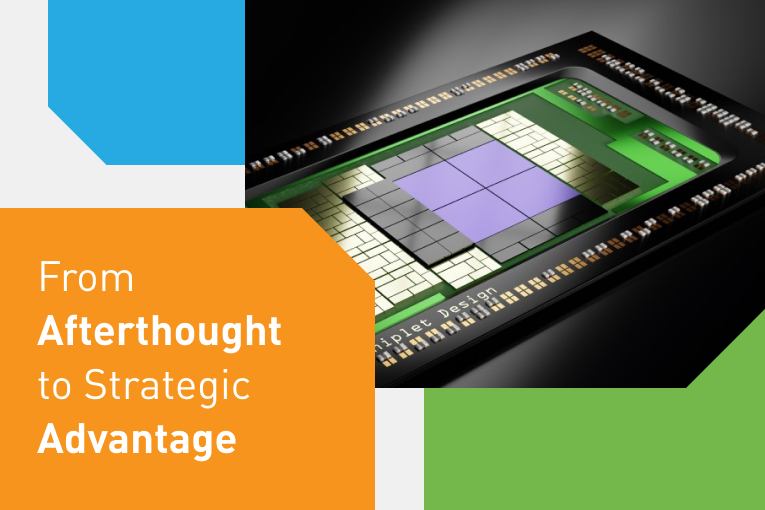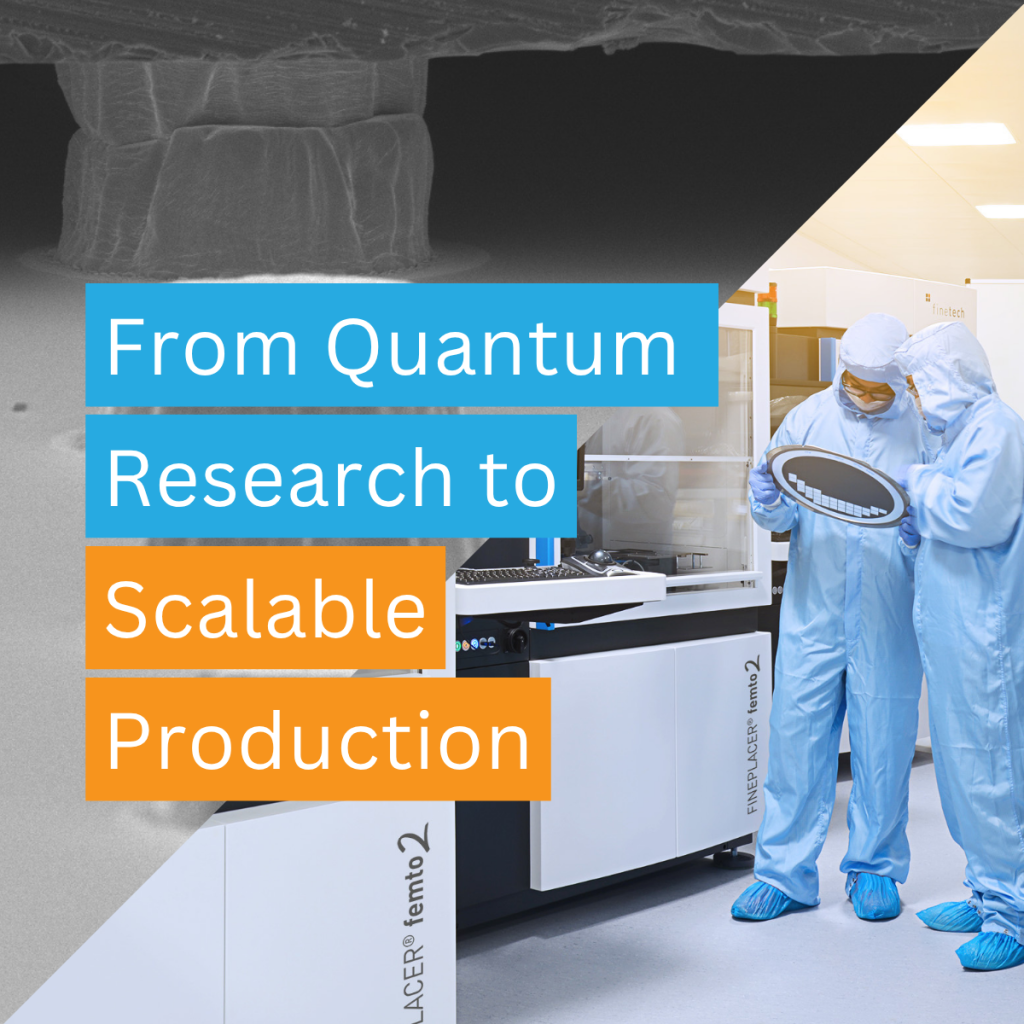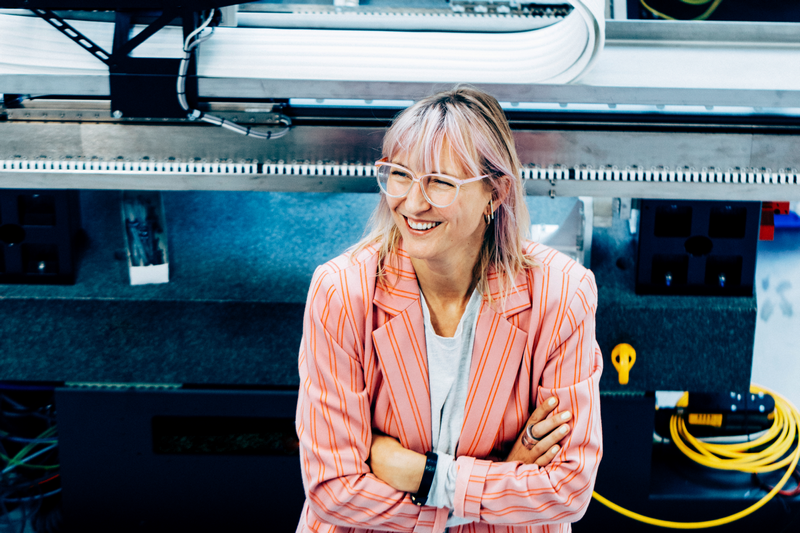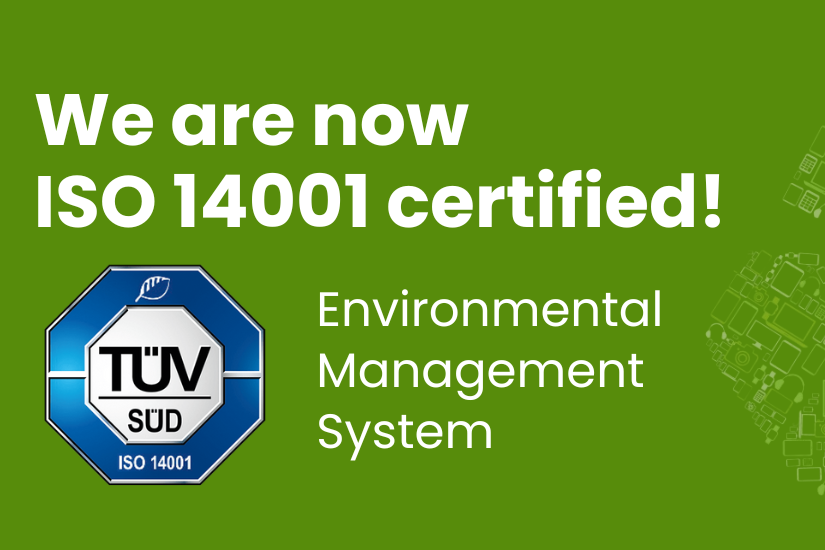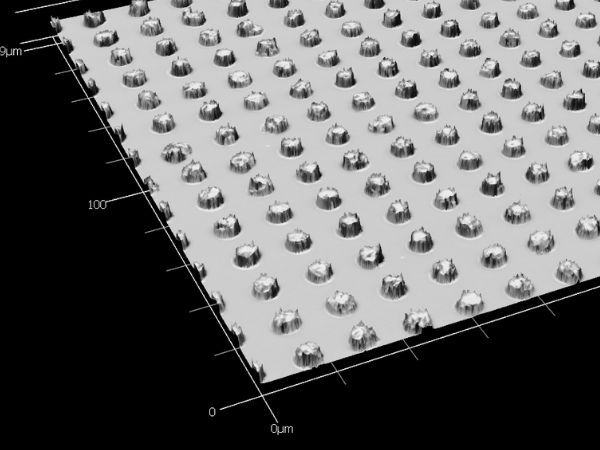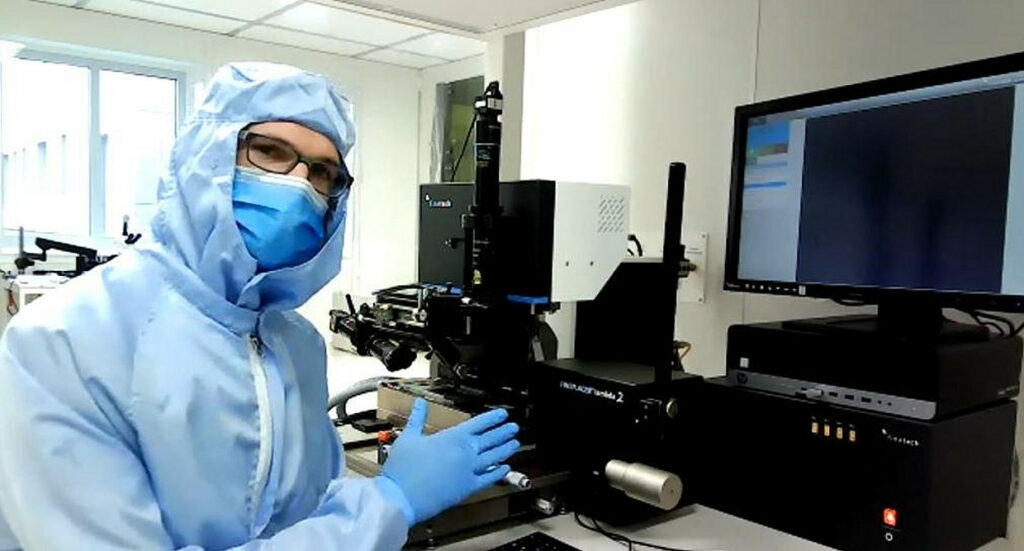Finetech has been a leader in SMT Rework and Repair equipment since the company was founded more than 25 years ago. You know what’s crazy? The very first machine we manufactured, and which we still sell today, has a placement accuracy of +/- 10µm. No, I am not kidding.
That being said, more than 25 years later, the question in the title of this blog is quite valid. There are many rework systems on the market, some with vision, some without; some equipment based on pure IR as a heat source and some convection. There are new technologies, such as vapor phase, which seem to have some advantages and disadvantages. In other words, so many options, so many price points. It begs the question, what factors other than accuracy, heat source, optics, etc. do you use when deciding which technology works for your application needs?
IPC/APEX Expo, the largest SMT exhibition in the US, will be held next week at the San Diego Convention Center. I personally look forward to this event each year so I can see the competition and of course have an opportunity to meet with potential and existing customers. One of the biggest thrills of the event is speak with people who continue to work on cutting edge technology. From our perspective, we continue to be a leader in SMT Rework and APEX is a great place to foster our connections and solutions.
Let me refer back to my first point – our equipment is able to place at +/- 10µm. Our inaugural machine far exceeded other rework systems on the market and, quite honestly, not one company was able to offer this sort of placement tolerance as a requirement. So it was considered a “freebie”, a “perk”, if you will. As technology has evolved, the need for this type of accuracy has become and will continue to be significant when looking to future proof an equipment purchase.
Just take a look at hand held devices – the guts of a cell phone board are vastly different when comparing the early days to present. Today, PoP devices and small passives the size of sand fill a PCB and the simple rules of physics are – if you can’t see it, how can you rework it? LED Rework is a huge market now, especially single LED Rework. This includes removal, dispense and replacing known bad LED’s. These are mainstream products that are being built by the millions and believe me, even if OEM’s conceal the fact that Rework is a process within their factory, it most likely is. Now, don’t get me wrong, we all strive for high yield. Especially when cranking out tens of thousands of boards per week, it’s difficult. Vertically stacked devices, GPS or small projectors in a new cell phone are absolutely mainstream today. All of these “features” take up board space.
Real-estate is a huge factor when designing next generation products and having a rework system that can repair/replace the smallest devices without disturbing neighboring components is essential. And visa versa. For instance, if the goal is to rework a QFN and there are 01-005 devices surrounding the QFN, not only does the machine need the optical resolution to rework both, thermal management is also critical. When it comes to the volume of air/N2 on convection systems, the software allows “low/medium/high” as set points. This makes very little sense to me. No quantitative volume of control. Well, at least with most convection systems. We do things a bit different. This begs the question, what about IR instead of convection? IR presents a completely different set of challenges, mostly with regard to its absorption-to reflection ratio.
I could talk about this all day. Come see us at IPC/APEX – there we can have an open and clear dialog about the advantages of Finetech and anyone else there. After all, that’s the reason we attend these events, right? To learn and discover what technologies are available to help in making our products the best.
02/21/2018, created by: Robert Avila

